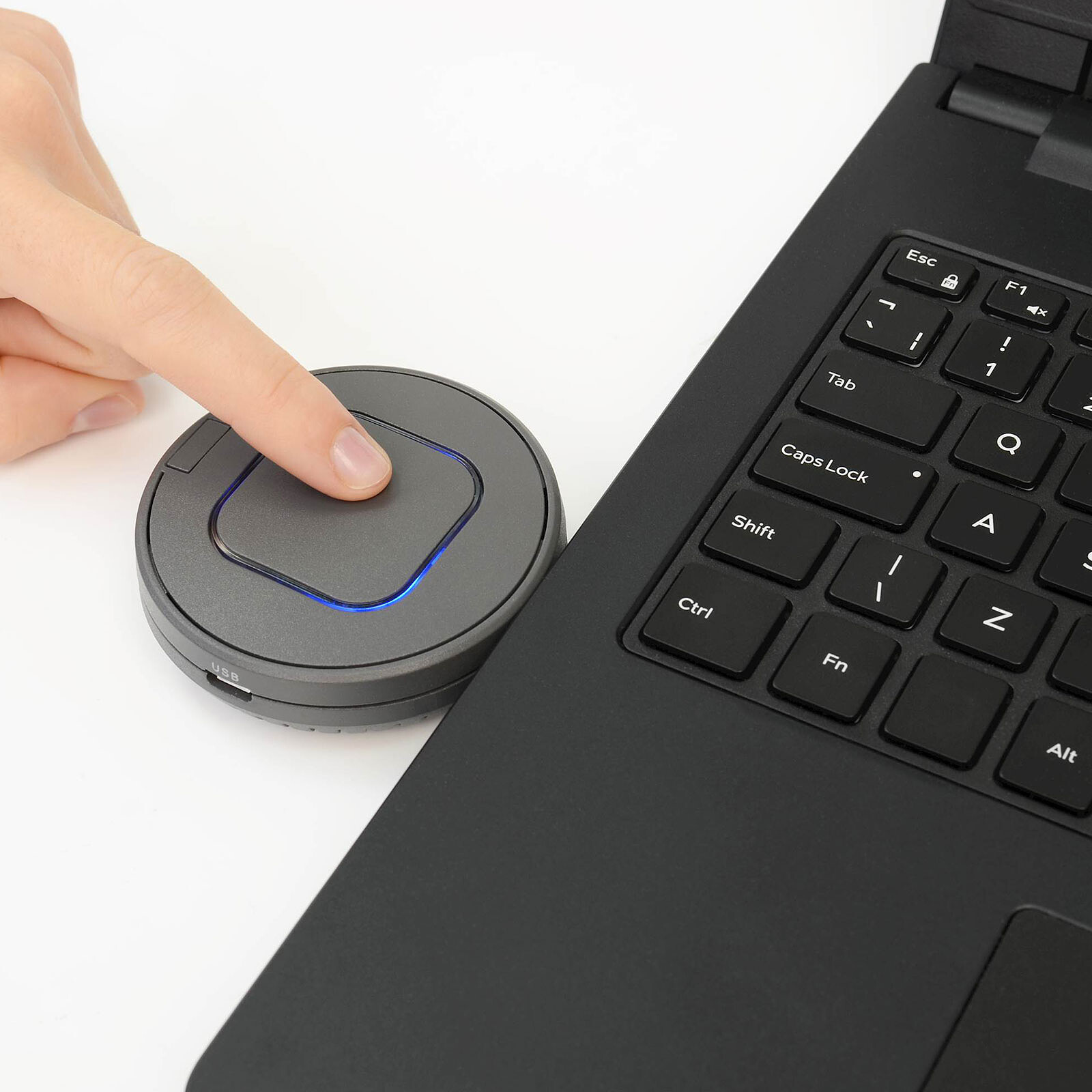
The Figure 4 Modular on the other hand is a scalable and semi-automated production system that can range from a single print engine machine to 24 or more print engines with integration of centralized post-processing, automated materials-handling, job management and queuing. The standalone iteration was released in late 2018, comprising one 3D printing system. Based on Digital Light Printing (DLP) technology, Figure 4 3D printing is reportedly capable of reaching print speeds of 100mm per hour and six sigma repeatability.

The Figure 4 technology platform developed by 3D Systems is composed of three core products: the standalone, modular and production iterations. “Our material scientists and technical experts have leveraged decades of experience to engineer these high performing materials to deliver accurate, economical, and repeatable results to enable our customers to maintain competitive advantage.” Parts produced using Figure 4 RUBBER-65A BLK and 3D Systems’ Figure 4 technology can be produced faster than other similar competitive materials that require a secondary thermal post-cure. “Our team has continued developing new materials across our plastics portfolio to address a broader set of production applications and providing data sheets with key test results and performance specs to make it easy for our customers to make the optimal material choice for their needs,” explains Menno Ellis, SVP and general manager, plastics, 3D Systems. With the new releases, 3D Systems intends to open up new uses for its materials. Each of the materials are designed to be used with 3D Systems’ Figure 4 3D printing platform, as well as its selection of SLA 3D printers. The materials included in the expansion include Figure 4 RUBBER-65A BLK, Accura Fidelity, Accura Bond, Accura Patch, and Figure 4 JEWEL MASTER GRY. 3D printer OEM 3D Systems has announced an expansion to its portfolio of plastics materials, in order to increase the breadth of their applications for manufacturers in the 3D printing industry. The printer is quite amazing but the castable resin is sub par for my purposes unfortunately.U.S. the geometry was alright but there were peel issues where there were harsh lines across the print in some areas and the supports seemed to have pulled away from the main areas and taken shards from the printed shapes. A second attempt was made with Formlabs recommended support and orientation. I used my own orientation and had poor print results (the flat areas near the build plate went to hell and were sloppy. Recently I gave it another try for a project. ( i have tried to stir it into the resin again but it wasn’t having it.) It’s also very expensive for a product I have yet to have a successful print-to-cast experience with. if the print succeeds then I will have trouble post curing and then casting. After a few prints the resin starts to develop white flakes and prints will fail at every attempt. I found that it doesn’t store well in the tank.

I plan to use it to make injection molds for waxes in the future (maybe) The other resins have made the machine worth it though. Hi just find that it is very expensive, doesn’t store well, degrades or separates in the tank far too quickly, and has a low success rate for anything larger than jewelry.


 0 kommentar(er)
0 kommentar(er)
